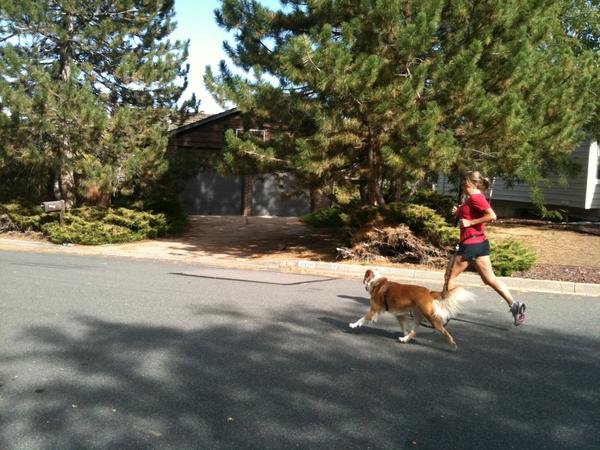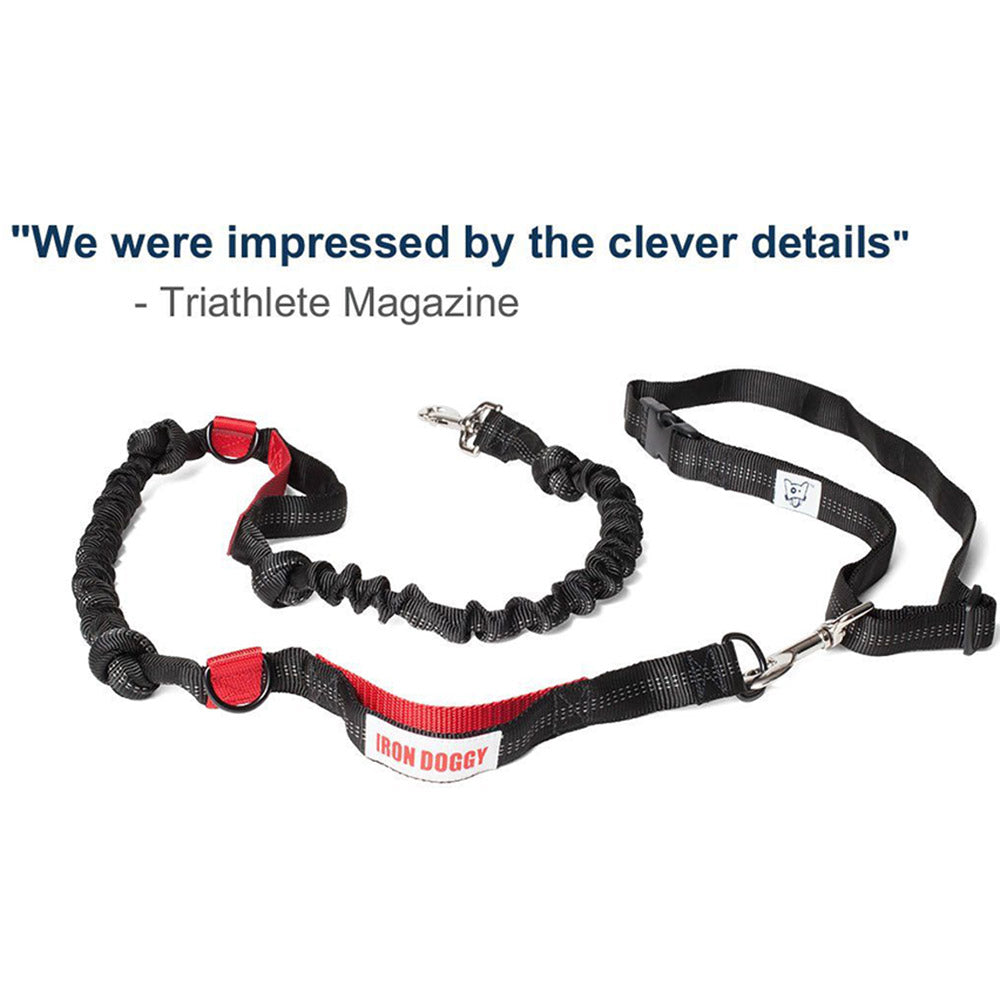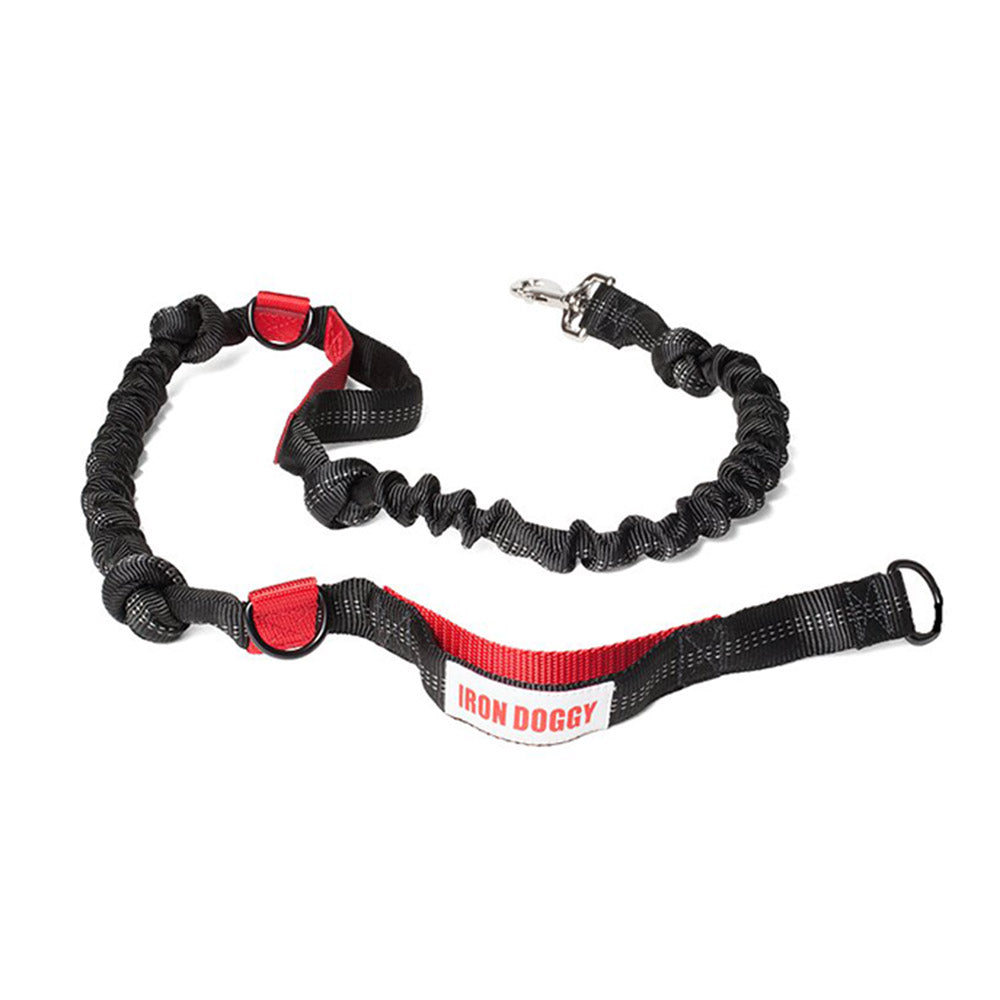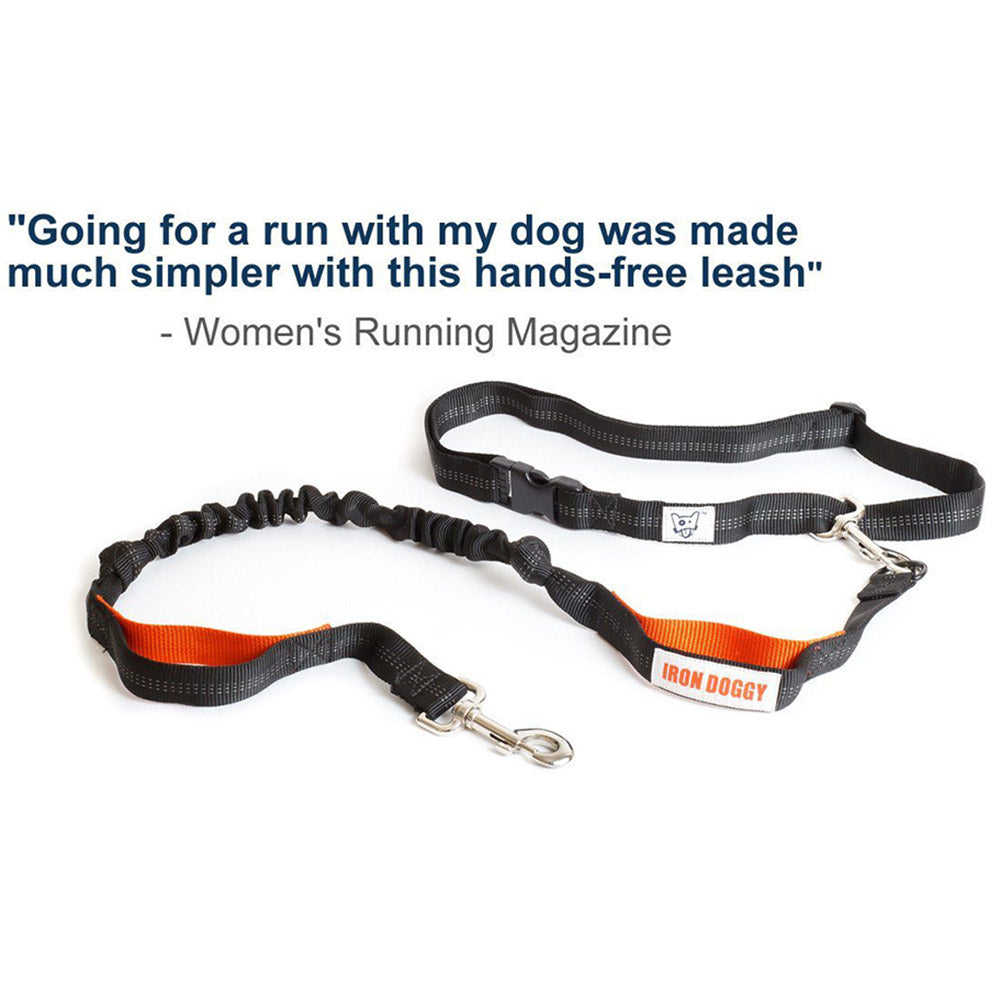
The latest word from the doctor is that Zola’s femur has 2 – 4 weeks before the bone is healed enough for her to resume her normal activities. The doctor is looking at her X-rays for callus to be fully formed, joining the broken bits of bone back together. In the meantime, we are thinking about the conditioning that Zola will need in order to do as the doctor predicts – and return to 100%.
Establish Goals
Personally, my fitness goals have changed over the years. At first, it was all about running further and faster, eventually my biggest goals became things like showing up to the starting line uninjured and finish the race feeling strong. Fitness goals can be anything, but they need to follow these principles:
- They must be measurable
- They must be under your control
- They must be a challenge
We want Zola to return to 100%. So, we’ve established the following goals:
- Run the entire distance of a 10K race. Before Zola was injured, we had worked up to running with her for one hour at a time.
- Play with the big dogs. Zola used to frequent off-leash dog parks a handful of times per week where she would run and play hard with dogs twice her size.
- Try out two new sports. Zola was well on her way to being mature enough physically and mentally to try out more involved canine sports, such as agility, dock-diving, or fly-ball.
Assess Current Fitness
There are two reasons to measure fitness – as a benchmark to see progress through the training season and to help identify areas that need work. Triathletes have many ways to do this – time trials for swimming, biking, and running; graded exercise tests to measure heart rate and estimating lactate threshold; and finally, body measurements including percentage of body fat.
With Zola, we’re doing something similar, although a bit less involved ….
- Use the “Chris Zink test” to determine if Zola is overweight. Zola’s weight was a real concern for us during the past 2 months of recovery. We worried that her lack of activity would result in added weight, which could then cause other injuries (like the dreaded ACL tear). We cut back on some of her calories, and she managed to maintain her weight of 55 lbs. However, we suspect that she lost muscle mass during this time; therefore, she likely added body fat to maintain the same weight. In Dr. Chris Zink’s excellent article Corpulent Canines, she recommends measuring the neck, ribs and hips to determine if an athletic dog is carrying too much weight. Using this method, it appears as if Zola is not too far off target.
- Measure average speed and duration of daily walks/runs. These are essentially Zola’s time trials. We won’t go over the top measuring speed; however, we want to eventually differentiate from going for a walk to going for a run. For the past several weeks, Zola has been limited to about (2) 5-minute walks per day.
Identify Limitations
Limitations are simply those things that are holding you back from reaching your goals today. Some of these may have been identified in your fitness assessment, like poor swimming endurance or being overweight. Others, however, can be mental, like a lack of confidence, or logistical, like limited time to train. Knowing what your limitations are is a big part of putting together a plan to reach your goals.
It’s easy to identify Zola’s lame leg as a serious limitation. She appears to be stiff after sitting for awhile. Sometimes she limps, sometimes she runs on 3 legs.
From her fitness assessment we believe that she is not overweight; however, it is a good bet she has lost muscle mass. We also know that 2 – 3 months of inactivity will have slowed down her metabolism, and she will have lost endurance.
Zola has another limitation worth mentioning. She still has room to improve with respect to obedience. She very good with “sit”, “down” and “wait”. We get mixed results with “come”, but more than anything she is easily distracted. Given that we couldn’t stop her from running out in front of a car, obedience training will probably always be part of the plan.
Determine Training Objectives
Training objectives are identified when you hold up your limitations against your goals. In the past I had a goal of running a 10-k in less than 60-minutes. One of my limiters was speed endurance, so one of my training objectives was to build up to 60 minutes per week of interval training before the first key race of the season. Similar to establishing goals, your objectives must be specific, measurable and time limited.
Given Zola’s limitations, we’ve mapped out the following training objectives to help her achieve her goals:
Goal: Run the entire distance of a 10-k race
Limiter: Lack of Endurance
Training Objectives:
- Complete 7 consecutive days of (2) 30-minute walks by February 1st.
- Introduce running into weekly workouts by February 1st.
- Be able to run the entire distance of a 5-k by May 1st
- Complete a 10-k training program by Aug 1st
Goal: Play with the Big Dogs
Limiter: Decreased muscle strength in rear legs, decreased muscle mass, occasional stiffness
Training Objectives:
- Evaluate Zola’s protein consumption and make increases, if necessary, by January 1st.
- Complete strength training exercises for 4 consecutive weeks, 3 times per week, by February 1st.
- Incorporate structured massage into Zola’s training program, and practice it after every workout for 2 consecutive weeks by February 1st.
Goal:Try out two new sports
Limiter: Lack of discipline
Training Objectives:
- Redo 8-week training program that Zola attended as a puppy (this time by ourselves at home) by March 1st.
- Spend 4-weeks focusing on performing commands with increased levels of distractions by April 1st.
Then What?
The next steps in a triathlon training plan are to identify key races and training time available. Then you put together a workout schedule that allows for you to reach your peak fitness at pre-selected times. Of course it all looks good on paper, the key is to remember why you are putting yourself through it – qualifying for the Boston Marathon, setting a PR at the Danskin Triathlon, or getting your doggy back to 100%. It’s all worth it in the end. For us, we have all the motivation in the world but we’re hoping that planning it out this way increases the likelihood of our success.






